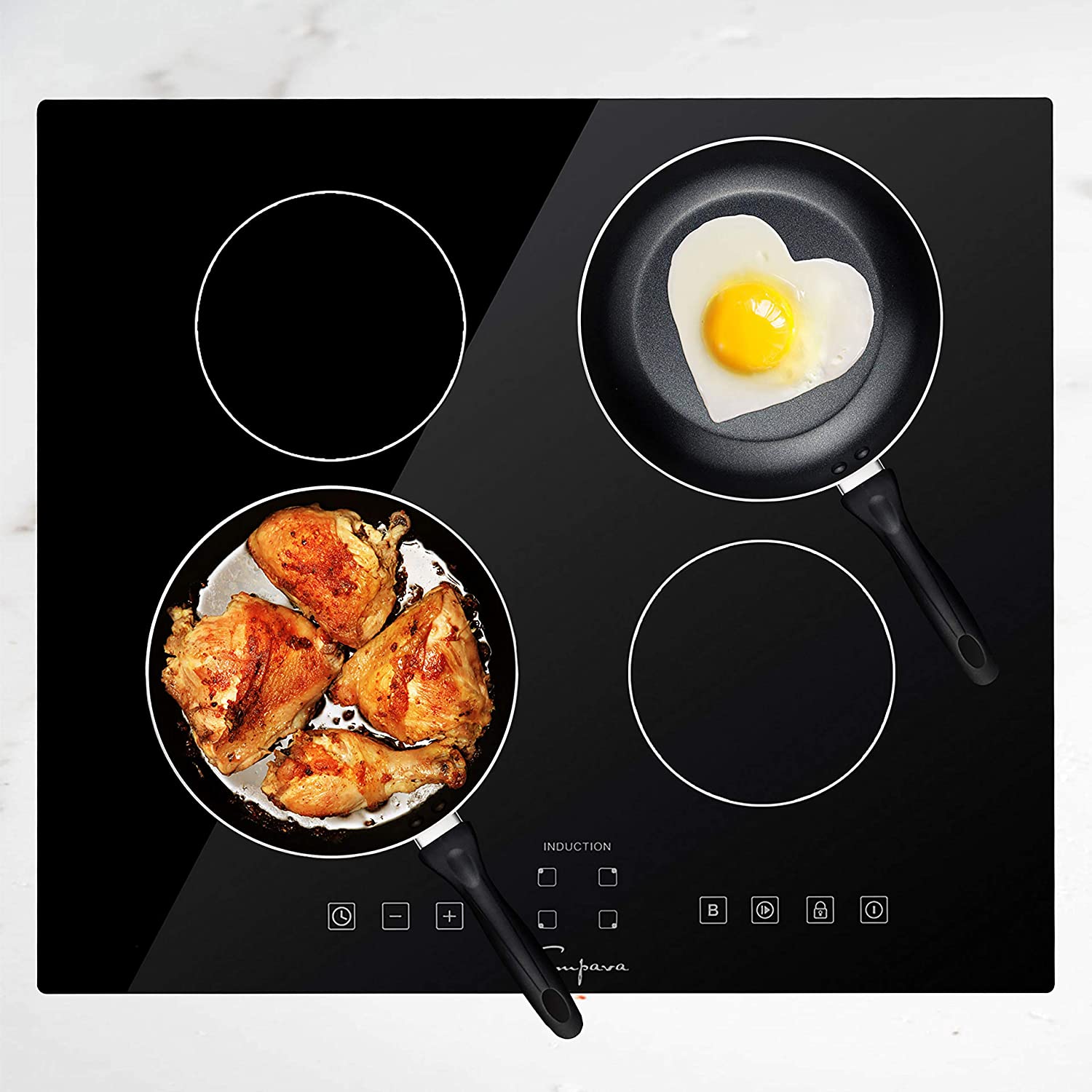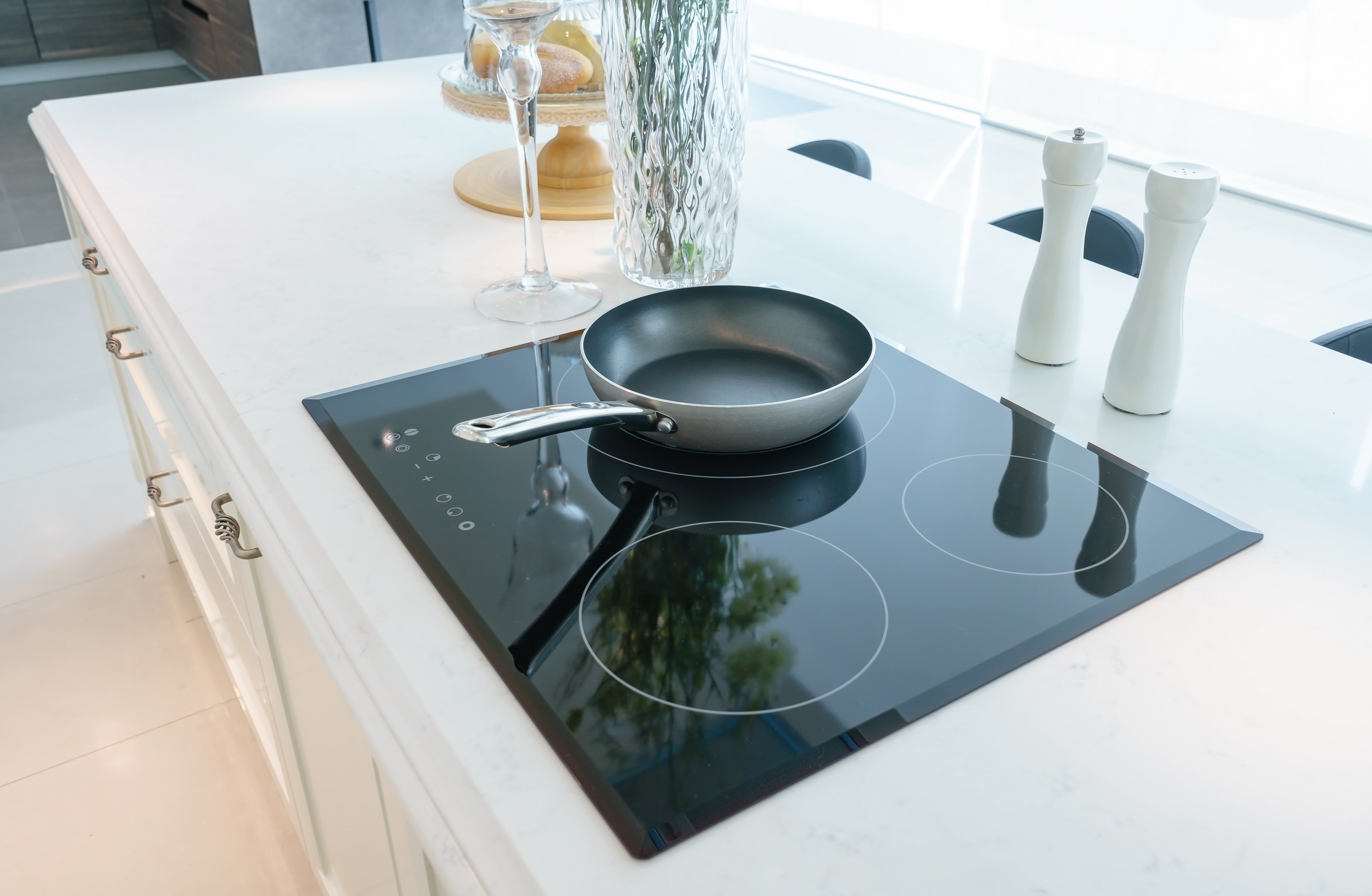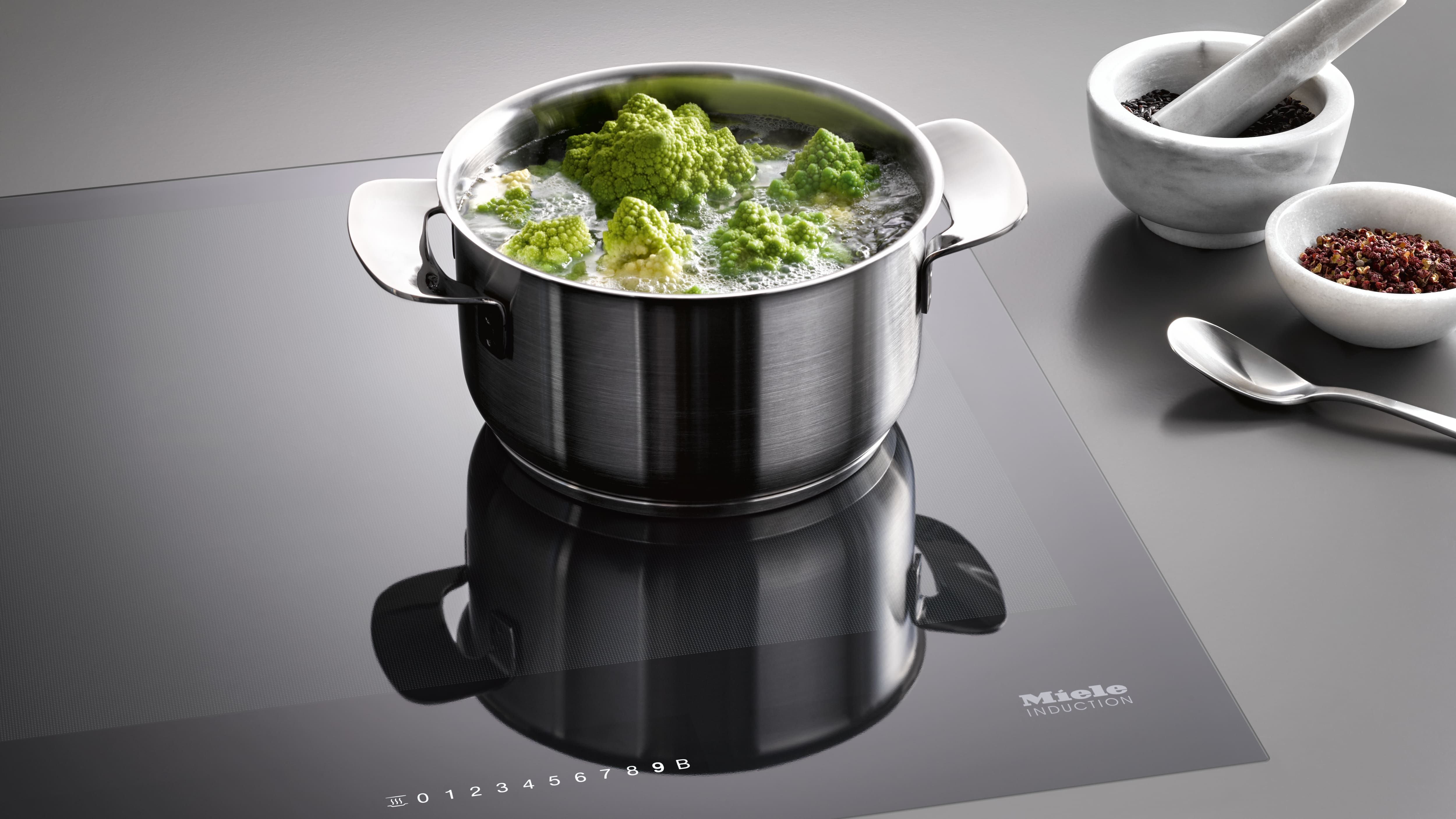Induction cooktop appliances are revolutionizing the way we cook, offering a myriad of advantages over traditional cooking methods. With their precise temperature control, energy efficiency, and safety features, induction cooktops are the perfect choice for modern kitchens.
From the basics of induction cooking to advanced features and functionality, this comprehensive guide will provide you with all the information you need to make an informed decision about whether an induction cooktop is right for you.
Induction Cooktop Basics
Induction cooking is a modern and efficient method of cooking that utilizes electromagnetic energy to heat cookware directly. This technology offers several advantages and has become increasingly popular in recent years.
Induction cooktops work by generating a magnetic field beneath the cooking surface. When compatible cookware is placed on the cooktop, the magnetic field creates an electric current within the cookware, causing it to heat up rapidly. Unlike traditional gas or electric cooktops, which heat the cooktop surface and then transfer heat to the cookware, induction cooktops heat the cookware directly, resulting in faster and more efficient cooking.
Advantages of Induction Cooktops
- Faster cooking:Induction cooktops heat cookware much faster than traditional methods, reducing cooking times significantly.
- Precise temperature control:Induction cooktops allow for precise temperature control, making it easier to achieve desired cooking temperatures and prevent overcooking.
- Energy efficiency:Induction cooktops are highly energy-efficient, as they only generate heat when cookware is present on the cooking surface.
- Safer:Induction cooktops do not produce an open flame or heat the cooktop surface, reducing the risk of burns and accidental fires.
- Easy to clean:Induction cooktops have a smooth, flat surface that is easy to clean and maintain.
Disadvantages of Induction Cooktops
- Cost:Induction cooktops are generally more expensive than traditional gas or electric cooktops.
- Requires compatible cookware:Induction cooktops only work with cookware that has a magnetic base, which may require replacing existing cookware.
- Electromagnetic field:Induction cooktops generate an electromagnetic field, which may be a concern for some people with health concerns.
Comparison to Other Cooking Methods, Induction cooktop appliances
| Induction Cooktop | Gas Cooktop | Electric Cooktop | |
|---|---|---|---|
| Speed | Fastest | Fast | Slowest |
| Temperature Control | Precise | Good | Fair |
| Energy Efficiency | Most Efficient | Less Efficient | Least Efficient |
| Safety | Safest | Less Safe | Least Safe |
| Cost | Most Expensive | Moderate Cost | Least Expensive |
| Cookware Compatibility | Magnetic Base Required | Any Cookware | Any Cookware |
Features and Functionality
Induction cooktops are renowned for their advanced features and exceptional functionality. They offer a myriad of power levels, precise temperature control, and comprehensive safety mechanisms. Moreover, induction cooktops boast an array of cooking modes and settings, empowering users with culinary versatility and efficiency.
Power Levels
Induction cooktops typically feature multiple power levels, allowing users to tailor the heat intensity to suit various cooking techniques. High power levels facilitate rapid boiling and searing, while lower settings are ideal for simmering and delicate tasks.
Temperature Control
Precise temperature control is a hallmark of induction cooktops. They utilize advanced sensors to monitor and maintain the desired temperature, ensuring consistent and even cooking results. This feature is particularly beneficial for temperature-sensitive dishes, such as sauces and custards.
Safety Mechanisms
Safety is paramount in induction cooktop design. They incorporate several safety mechanisms, including automatic shut-off when the cookware is removed, overheat protection, and residual heat indicators. These features minimize the risk of burns and other hazards, providing peace of mind during cooking.
Cooking Modes and Settings
Induction cooktops offer a range of cooking modes and settings to cater to diverse culinary needs. These may include:
- Boost Mode:Delivers maximum power for rapid boiling or searing.
- Simmer Mode:Maintains a low temperature for gentle cooking and sauces.
- Melt Mode:Softens ingredients without overheating, ideal for chocolate or butter.
- Keep Warm Mode:Keeps cooked food warm without overcooking.
Effective and Efficient Use
To maximize the benefits of induction cooktops, it is crucial to use them effectively and efficiently. Here are some tips:
- Use Induction-Compatible Cookware:Induction cooktops require cookware with a magnetic base to function.
- Center the Cookware:Align the cookware precisely with the induction zone to ensure optimal heat transfer.
- Start with Lower Power Levels:Gradually increase the power level as needed to prevent scorching.
- Monitor the Temperature:Use the temperature control feature to maintain the desired temperature and avoid overcooking.
Installation and Maintenance: Induction Cooktop Appliances

Installing and maintaining an induction cooktop requires attention to specific guidelines to ensure safe and efficient operation. Proper installation involves selecting the appropriate location, connecting the electrical supply, and providing adequate ventilation. Regular maintenance, including cleaning and troubleshooting, helps maintain optimal performance and longevity.
Installation
- Choose the right location:Induction cooktops require a flat, stable surface that can withstand heat and weight. Ensure there is sufficient clearance around the cooktop for ventilation and to prevent heat buildup.
- Connect the electrical supply:Induction cooktops require a dedicated electrical circuit with the correct voltage and amperage. The circuit should be installed by a qualified electrician according to local electrical codes.
- Provide adequate ventilation:Induction cooktops generate heat that needs to be dissipated. Install a range hood or provide other ventilation methods to remove hot air and prevent overheating.
Maintenance
- Clean regularly:Wipe down the cooktop surface with a damp cloth after each use to remove food spills and residue. Use a specialized induction cooktop cleaner for stubborn stains.
- Avoid using abrasive cleaners:Harsh cleaners can damage the cooktop surface. Use mild detergents and soft cloths for cleaning.
- Inspect the cookware:Ensure the cookware you use is compatible with induction cooking. The bottom of the cookware should be flat and magnetic.
Troubleshooting
- Cooktop not turning on:Check if the power is connected and the circuit breaker is not tripped. Ensure the cookware is properly placed on the cooking zone.
- Cooktop turns off unexpectedly:The cooktop may have overheated or detected an issue with the cookware. Remove the cookware and allow the cooktop to cool down before using it again.
- Error codes:Induction cooktops may display error codes if there is a problem. Consult the user manual for the specific meaning of the error code.
Applications and Recipes

Induction cooktops offer unparalleled precision and speed, making them ideal for a wide range of cooking applications. From searing steaks to simmering sauces, induction cooktops excel at various cooking techniques.
Additionally, the energy efficiency of induction cooking makes it an environmentally friendly choice. Here are some ideas for using induction cooktops:
Recipes
Induction cooktops open up a world of culinary possibilities. Here’s a collection of recipes specially crafted for induction cooking:
- Pan-Seared Scallops with Lemon-Herb Butter
- Creamy Mushroom Risotto
- Seared Ahi Tuna with Asian Slaw
- Perfect Scrambled Eggs
- Quick and Easy Stir-Fry
Cooking Times and Results
Induction cooktops significantly reduce cooking times compared to traditional methods. Here’s a table comparing cooking times and results:
| Dish | Induction Cooktop | Traditional Method |
|---|---|---|
| Boiling 1 liter of water | 2-3 minutes | 8-10 minutes |
| Searing a steak | 2-3 minutes per side | 5-7 minutes per side |
| Simmering a sauce | 5-7 minutes | 15-20 minutes |
Induction cooktops deliver faster cooking times while maintaining precise temperature control, resulting in evenly cooked dishes with enhanced flavors.
Final Thoughts

In conclusion, induction cooktop appliances are a game-changer in the world of cooking. Their efficiency, precision, and safety features make them an excellent investment for any home cook or professional chef. As technology continues to advance, we can expect even more innovative and user-friendly induction cooktops in the future.
